Spray paint has become a ubiquitous tool in the world of art, DIY projects, graffiti, and various industrial applications. Whether you’re an artist looking to express your creativity, a homeowner tackling a renovation project, or a professional in need of efficient coatings, spray paint has likely found its way into your toolbox.
Amid the widespread use of this kind of paint, it’s crucial to recognize the potential risks associated with its flammability.
Spray paints are not an exception when it comes to their flammability — a substance’s ability to ignite and maintain flame. It’s critical to comprehend these products’ flammability for user safety as well as to avoid mishaps, fires, and damage to property.
This piece aims to highlight one feature of paint that is sometimes disregarded: is spray paint flammable? After reading this article, you should know exactly how to reduce the risks that come with painting and have a safer, more knowledgeable experience with this common equipment.
Table of Contents
Spray paint flammability
This section explores the core of the issue by offering a thorough analysis of flammability.
Is spray paint flammable and does spray paint catch fire?
Most spray paints are combustible.
Paint flammability is caused by a number of causes, including:
- Volatile organic compounds (VOCs)
- Propellants
- Ignition temperature
- Container design
Is spray paint flammable: types of paint
Spray paints are available in many different formulations, and there are big differences in their flammability traits (compare the oil paint and other ones, for example).
Water-based paints
Water-based spray paints, like latex paint, have a high water content that functions as a fire retardant, making them generally less combustible.
Latex paint is one of the water-based non-flammable paints.
Unless exposed to temperatures above 200 °F, latex paint is not among flammable liquids. It’s not flammable when dry or liquid.
Oil-based paints
Compared to paints that are water-based, some oil-based paints are highly flammable.
Volatile organic solvents are components of oil-based spray paints.
Oil-based paints employ them to produce a finish that is more resilient.
Furthermore, oil-based paints are flammable because they contain volatile binders, which are frequently pigment, resin, or oil.
Oil-based paints are both flammable and combustible.
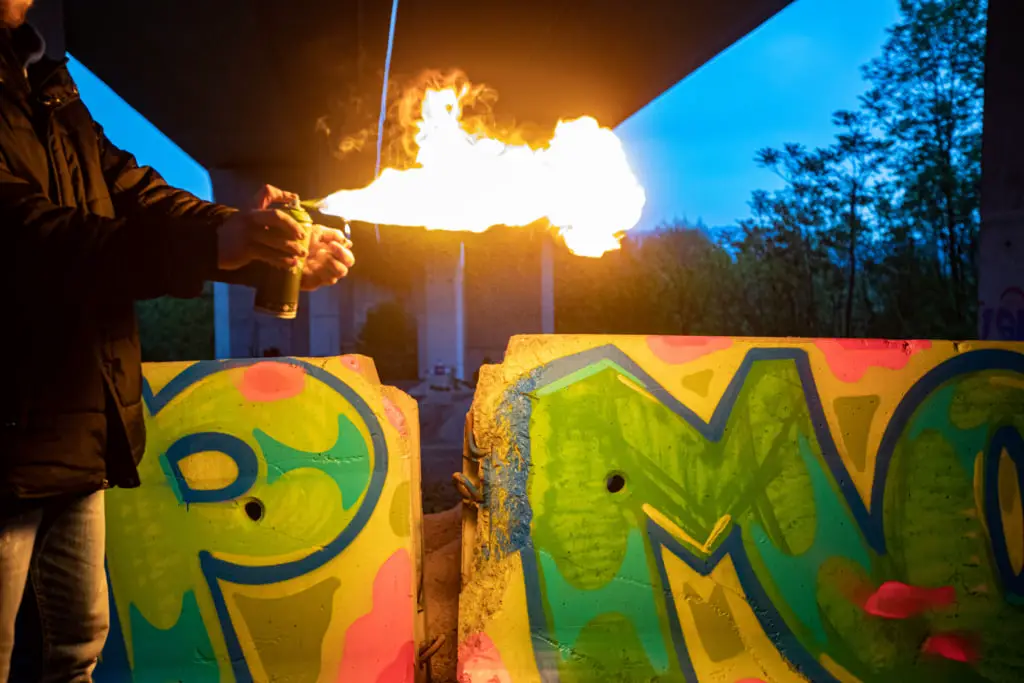
Enamel spray paints
Spray paints with enamel are renowned for their longevity and frequently include highly flammable solvents.
Acrylic paint
Because acrylic paint is made using acrylic resins and water-based solvents, spray acrylic paint usually has a lesser flammability. Liquid acrylic paint does not combust.
But is spray paint flammable when dry?
The toxic solvents and other highly flammable ingredients (what makes spray paint flammable) disappear when the paint dries, so dried spray paint is not flammable (so, if you wish to ask “Is Krylon spray paint flammable when dry?”, then the answer is no).
However, bear in mind that even after the spray paint dries, solvent-based spray paints are still combustible, so take precautions to avoid accidents with components that can even make the paint flammable when dry.
What makes paint fumes flammable?
Spray paint fumes: spray paint fumes are released into the air with gas fuels. It makes spray paint fumes flammable.
Understanding the type of paint you are using and its specific characteristics is essential for practicing safe and responsible usage, especially when working in environments with heat sources.
Common causes of accidents
Paint-related mishaps and fires can frequently be avoided, but reducing risks and guaranteeing safety requires an awareness of the prevalent causes of these incidents. These occurrences are caused by a number of variables, including:
- Improper storage practices: the danger of mishaps is increased when the paint cans are kept close to heat sources or open fires. Cans should be kept out of direct sunlight and probable sources of fire in cold, dry locations.
- Negligence: ignorance when handling spray paint can lead to spills, leaks, or accidental ignite. Examples of this include dropping or puncturing cans.
- Lack of awareness: hazardous circumstances can arise from a lack of awareness of safety procedures and requirements, particularly when the paint is being used in enclosed places without enough ventilation.
Safety precautions
Maintaining a secure working environment when using the paint is paramount.
Safe handling and storage
The cornerstones of accident avoidance when handling spray paint are safe handling and storage procedures.
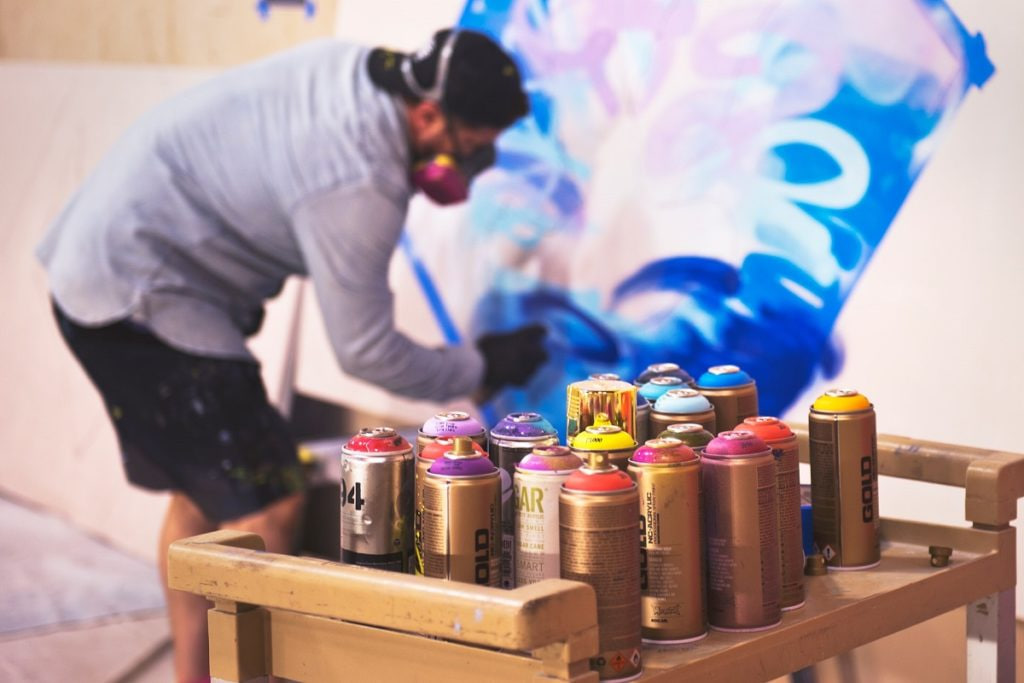
To lower the risk:
- Storage: store spray paints properly. They should be stored in a cool, dry place away from heat sources and direct sunlight. Ensure that they are tightly sealed, stored upright, and stacked to prevent spills. Keep aerosol paints away from other combustible materials to minimize any potential risks.
- Handling: when applying spray paints, pay attention to prevent drips or punctures that can result in leaks or spills. Keep the cans away from sparks, open flames, and electrical equipment or anything else that can catch fire. Applying aerosol paint in a poorly ventilated area will not only disperse fumes but also reduce the likelihood of accidental combustion.
Air quality and ventilation
To keep things safe when applying spray paint, there must be enough ventilation:
- Workplace ventilation: work in areas with good ventilation to release potentially dangerous paint fumes and maintain breathing air. When working indoors, use exhaust fans, and open windows, or doors to provide enough ventilation and reduce the possibility of breathing in hazardous contaminants.
- Air quality: be mindful of factors pertaining to air quality, especially in small areas. Asphyxia can result from spray paint’s toxic vapors, which can displace oxygen. To maintain a safe working environment, keep an eye on the air quality.
Proper clothing and PPE
It’s crucial to safeguard oneself against potential dangers:
- Safety goggles: to prevent overspray, unintentional splashes, and contact with paint particles, wear safety goggles or protective eyewear.
- Respirator or mask: use a mask or respirator that is intended to filter out dangerous particles and fumes. By doing this, you shield your respiratory system from potentially dangerous chemical inhalations.
- Gloves: it’s best to avoid coming into direct contact with paint and chemicals by wearing gloves. Wearing the right gloves shields your hands and skin from damage.
- Appropriate clothing: to reduce paint exposure to the skin, choose long sleeves. Select clothing that can be easily cleaned or thrown away if needed, and that you don’t mind getting soiled.
Safe disposal of used spray paint cans
The last step in guaranteeing safety is to dispose of used paint cans responsibly:
- Can emptying: make sure you’ve sprayed the can until no paint is left inside before disposing of it.
- Recycling or hazardous waste disposal: following municipal regulations is important when recycling or disposing of hazardous waste. Paint cans should not be punctured or burned because doing so increases the risk of fire and releases toxic fumes.
Advice on preventing fires
Preventing fires while using spray paint is of utmost importance.
Safe application and spray painting techniques
Proper technique: start by using the correct spray painting technique. To avoid overspray, keep a safe distance between the can and the surface. Evenly apply paint to prevent drips and overabundance of build-up.
Even application: apply light, even layers of paint. Refrain from over-applying as this may result in an accumulation of surplus paint that could ignite more easily.
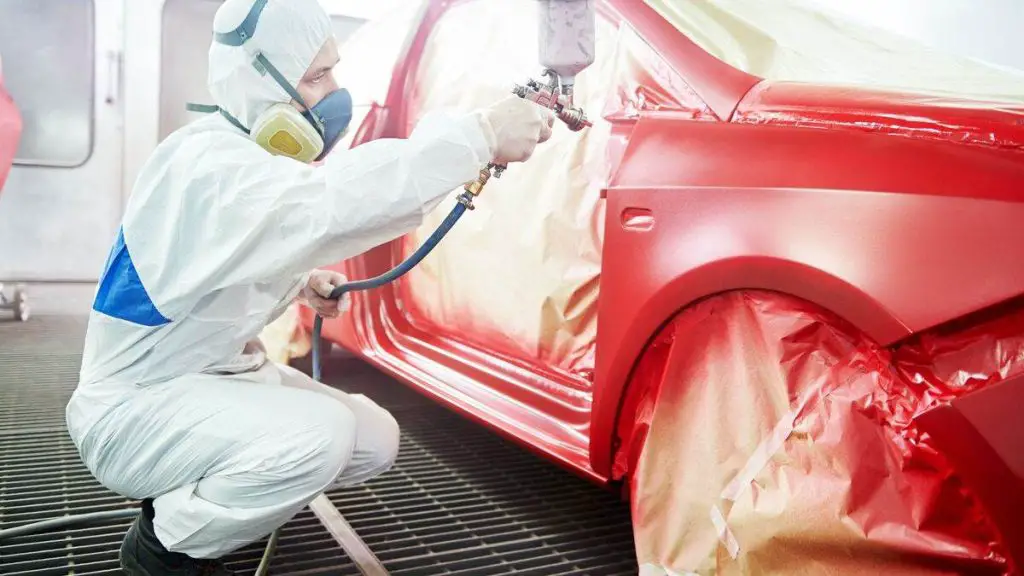
Spray in controlled areas: to reduce the chance of spraying into uninvited regions that might contain potential ignition sources, operate in a controlled, designated area when using spray paint.
Equipment for fire safety and fire extinguishers
Fire extinguishers: make sure your workspace has a fire extinguisher easily accessible. Make sure it is suitable for use on both this type of fire and typical combustibles. Become familiar with its location and how it operates.
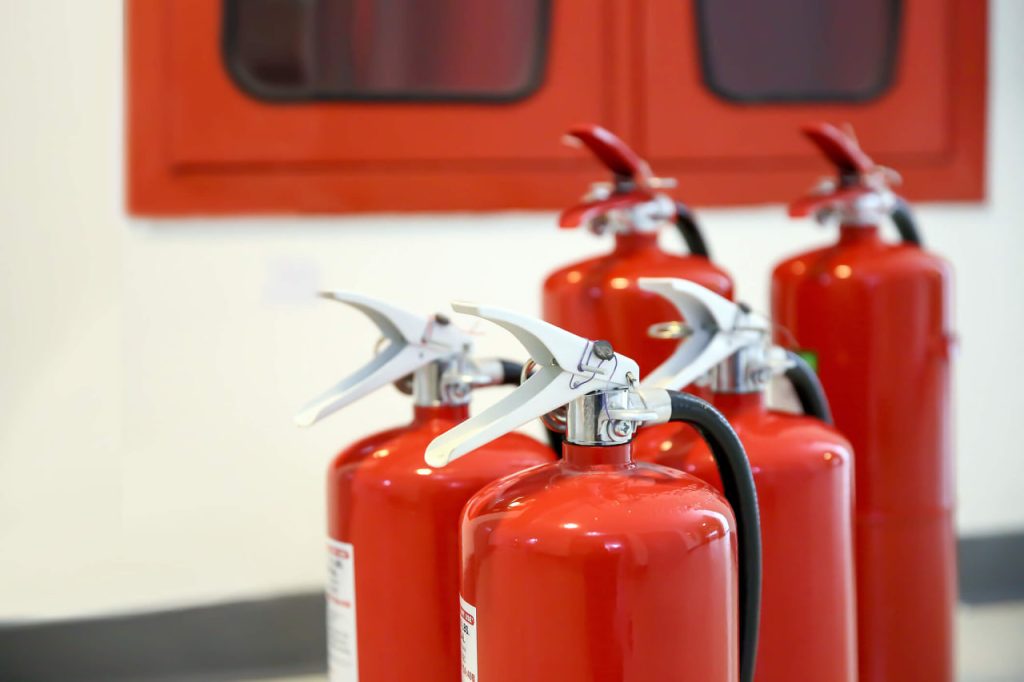
Fire safety gear: keep additional fire safety gear close at hand, such as first aid kits, fire blankets, and materials resistant to flames. These can be quite helpful in putting out small flames or offering rapid assistance in the event of an accident.
Emergency plan: create an escape route as part of your emergency plan for your workspace. Make sure everyone in the house is aware of the plan, and conduct periodic fire drills.
You may greatly lower the risk of fires when working with spray paint by following these fire prevention guidelines and implementing safety measures.
Conclusion
We’ve answered your question “Is spray paint flammable?”. Working with spray paint, while a versatile and creative endeavor, demands a deep understanding of the potential fire hazards and safety measures associated with these aerosol products.
Implementing safety measures is crucial to ensure a secure work environment. These precautions protect both the user and the surroundings, mitigating the potential risks associated with spray paint.
In your creative and practical endeavors, remember that understanding the flammability of spray paint and taking safety precautions are as vital as the artistry itself. By following these guidelines and maintaining a safety-first approach, you can continue to work with spray paint while minimizing risks and ensuring a safer, more responsible experience.
FAQ
Is spray paint a fire hazard?
Indeed, the combustible qualities of spray paint make it susceptible to fire hazards.
Spray paint is flammable, excluding non-flammable and safe dried paint.
Is rust-oleum spray paint flammable?
Many rust-oleum spray paint products are flammable, therefore it’s critical to look up flammability information on the product’s label.
What flammable class is spray paint?
Standard classifications for flammable materials place spray paints in the Class 3 flammable liquids category.
Is spray paint a flammable gas or liquid?
Spray paint is primarily a highly flammable liquid due to the volatile organic compounds.
It is typically stored under pressure in aerosol cans and released as a liquid, which can vaporize into a flammable gas when sprayed, which makes spray paint fumes flammable.
Is paint thinner flammable?
It is not flammable but can catch fire in some circumstances.
Are acrylic paints flammable?
Although liquid acrylic paints are non-flammable, certain dried acrylics solidify into plastic polymers that are combustible but not flammable.
Can spray paint spontaneously combust?
Yes, it can. Putting a spray paint can in a warm place or under direct sunlight may result in a build-up of pressure.

Even though I have 10+ years of experience in the painting business, I am always trying to learn the latest coloring methods. I have been into colors since my teenage days. I spent a lot of time experimenting with new painting methods on multiple surfaces. Now, I want to spread my knowledge through my blogs and articles.

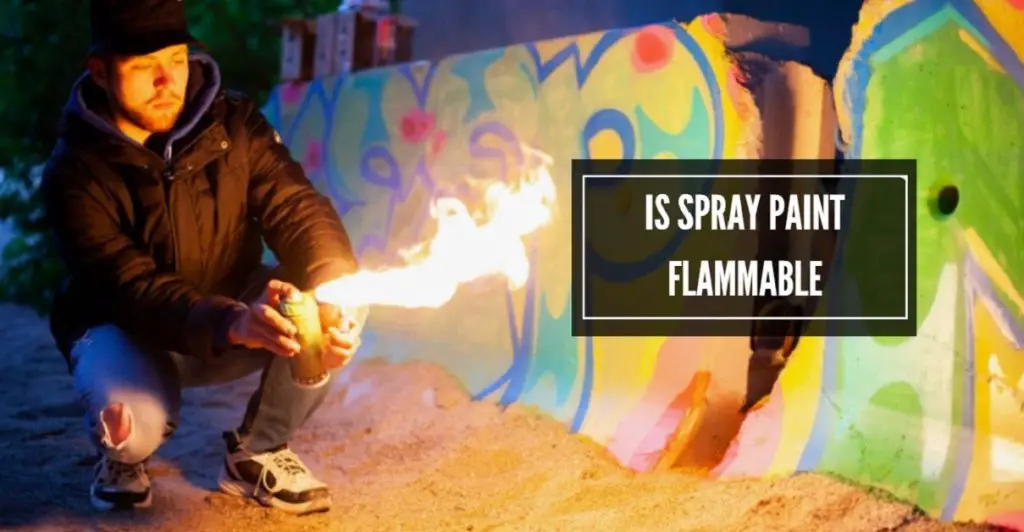


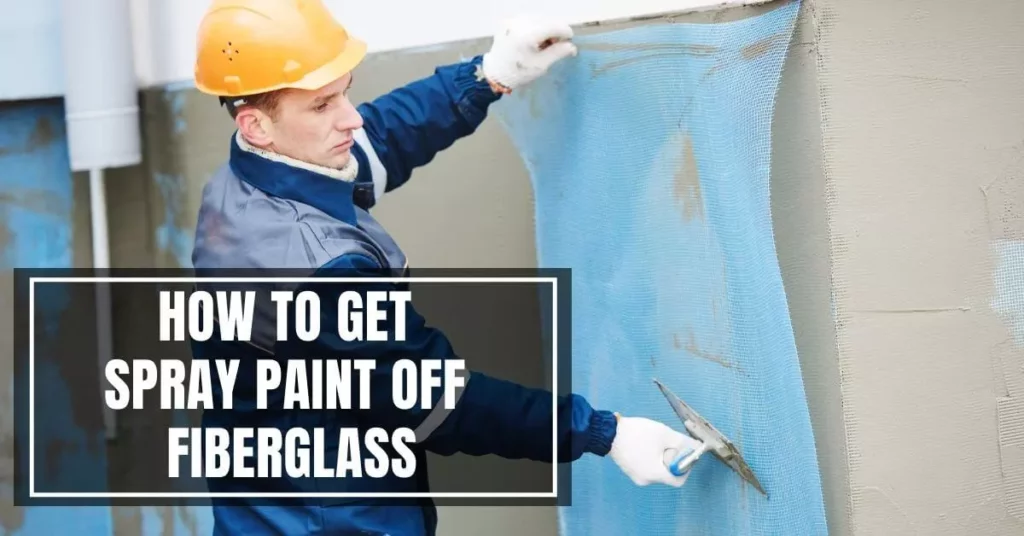
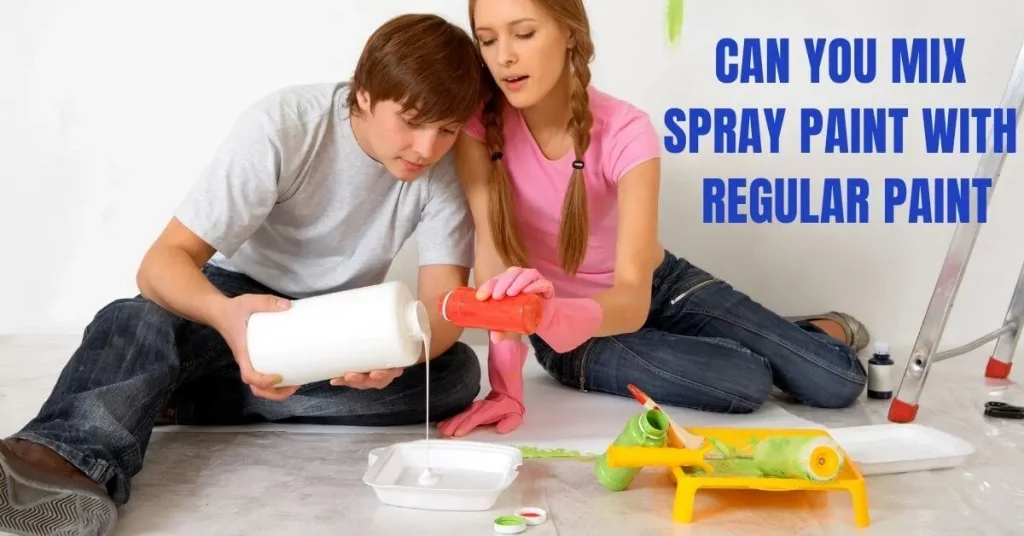
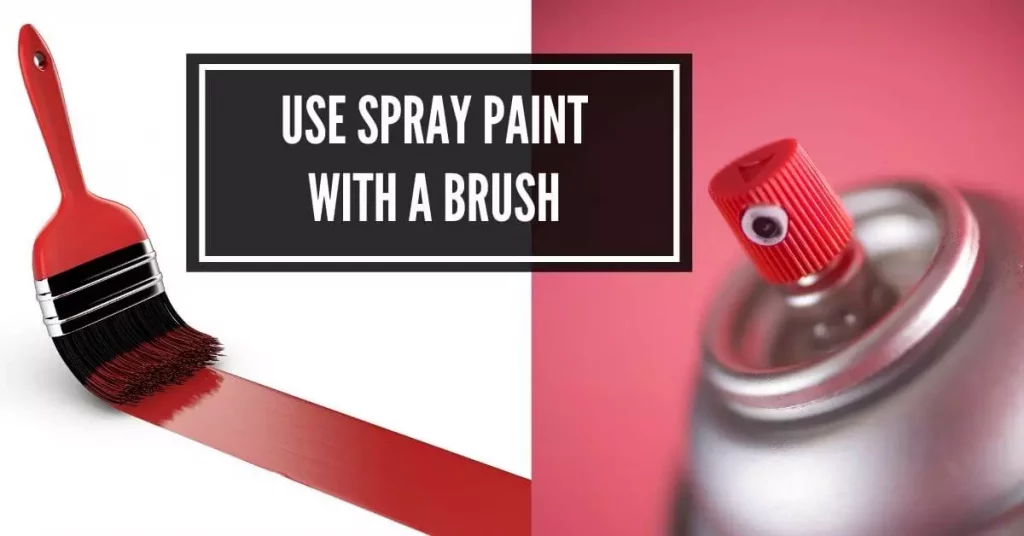

This gateway is incredible. The splendid substance displays the administrator’s commitment. I’m overwhelmed and envision more such astonishing material.
Temp mail I appreciate you sharing this blog post. Thanks Again. Cool.
Techno rozen I just like the helpful information you provide in your articles
Hi my family member I want to say that this post is awesome nice written and come with approximately all significant infos I would like to peer extra posts like this
It’s always nice to find great content such as this. Keep up the good work.
This is a really cool page. One of the best posts I’ve come across in quite some time. I hope to see more content like this.
This is a really nice post. It’s very informative and well written. I’ll check back for more posts like this one.
I just left a page similar to this one, but the content wasn’t as engaging as what’s here.
Nice post. This wasn’t what I was looking for but I still enjoyed reading it.
Sportsurge Good post! We will be linking to this particularly great post on our site. Keep up the great writing
Excellent blog here Also your website loads up very fast What web host are you using Can I get your affiliate link to your host I wish my web site loaded up as quickly as yours lol
Puraburn Very well presented. Every quote was awesome and thanks for sharing the content. Keep sharing and keep motivating others.
I’m really inspired along with your writing talents and also with the
format for your blog. Is that this a paid topic or did you modify it yourself?
Anyway stay up the excellent high quality writing, it is uncommon to look a great
weblog like this one nowadays. Snipfeed!